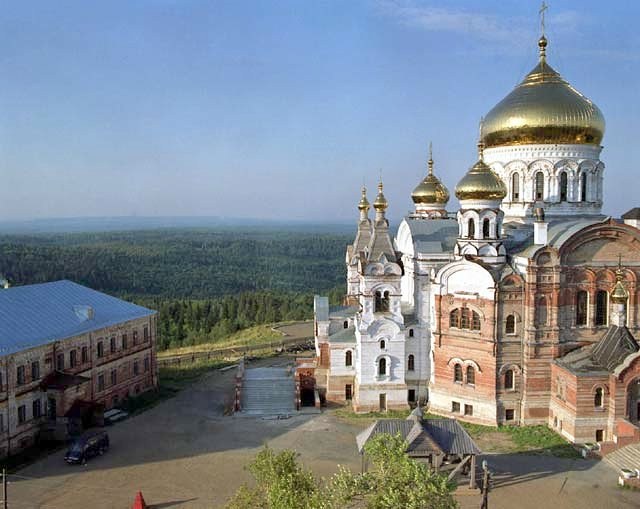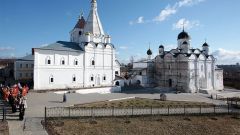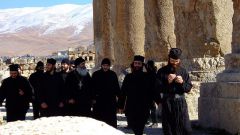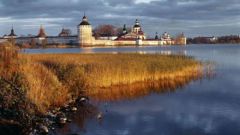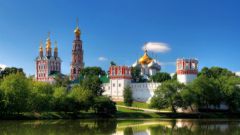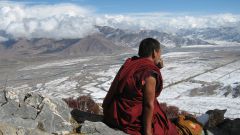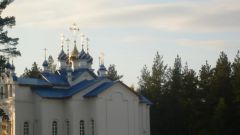Instruction
1
Those who could not withstand the test of asceticism began to gather into communities of brothers or sisters in order to lead a monastic way of life. So along with the hermit arose the hostel. The founder of the first monastery is Pachomius the Great. One day after a long stay in prayer and spiritual reflection, appeared to him an angel of the Lord and presented the Charter of the monastery set out on a copper plate. Rules were made so that even the weak were able to implement them without much difficulty. And added that the committed need no Charter.
2
Since the Charter of any monastery invariably involves these basic angelic guidance, to facilitate the perfection of spirit on the thorny path to the abode of God.
3
The daily routine of each community somewhat isolated, and depends on geographical location (the duration of the day and night), as well as weekdays and holidays.
4
Its basic structure is as follows. Early bedtime (around 19: 00 in summer, winter and even earlier). The midnight ascent to the Vigil prayer (interrupt sleep). Then at 3-4 am – morning prayer. The rise of the sun (5-6 hours) for individual prayers. Then the collection of the monastery (Chapter): prayer, reading and hearing the Scriptures, administrative and disciplinary parts. Then in full force brothers (or sisters) remain at the early mass at 7: 30. After – again, individual prayer. With 10-11 hours start daily works of the monks, with a break for lunch and short rest. From 16-17 h. evening service, dinner. Around 19.00 – bedtime.
5
That's such a difficult day each novice home for many decades. To the ordinary layman it is difficult even to imagine that. While in the monastery observed a clear chain of command, patience and the friendly attitude of the brethren. External collectivism and uniformity, along with the internal soobramoney and deep experiences of divine revelation - only strong spirit people. Therefore, in order to test your spirit and firmness of intent, before tonsure takes place every three years probation (novitiate).
